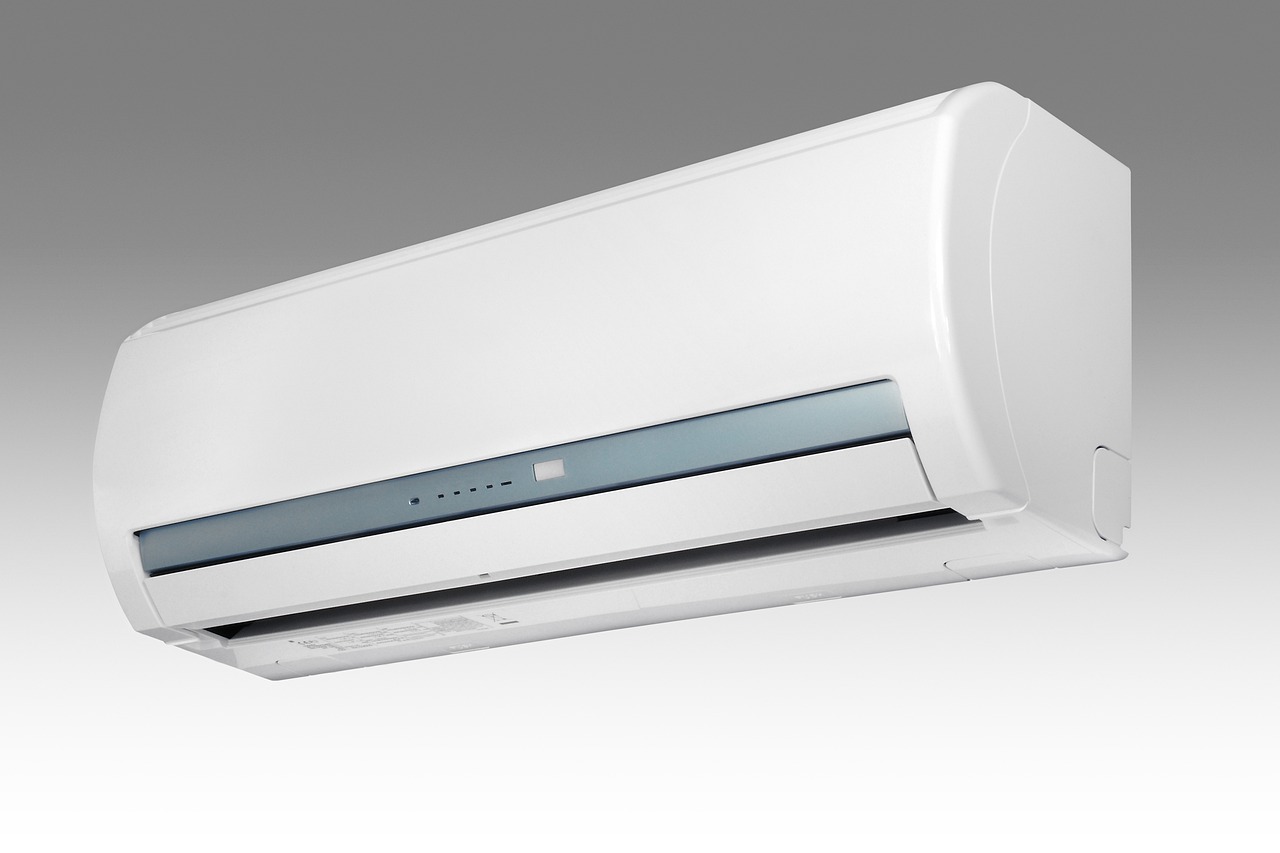
Tips to Repair a Broken Air Conditioning System
A malfunctioning air conditioning (AC) system can turn your home into a sauna during the scorching summer months, leaving you in a sweaty and uncomfortable predicament. While professional help is often required for complex AC issues, there are several troubleshooting steps you can take to potentially fix minor problems and save yourself from sweltering in the heat. Here are some valuable tips to help you repair a broken AC.
1. Check the Thermostat: Before delving into more complex troubleshooting, start with the basics. Ensure that the thermostat is set to the desired temperature and in the “cool” mode. Sometimes, the issue is as simple as a misconfigured thermostat or a dead battery. Replace the batteries if necessary, and make sure there are no obstructions around the thermostat that could affect its reading.
2. Clean or Replace Air Filters: Dirty or clogged air filters are a common cause of AC problems. A dirty filter restricts airflow, reducing the system’s efficiency and potentially causing it to freeze up. Check your air filter and replace it if it’s dirty or clogged. Regularly changing or cleaning the filter is essential for maintaining optimal AC performance.
3. Inspect the Circuit Breaker: If your AC unit suddenly stops working, it might be due to a tripped circuit breaker. Check the electrical panel and reset any tripped breakers related to your AC unit. If it keeps tripping, there may be an underlying electrical issue that requires professional attention.
4. Clear Debris from the Condenser Unit: The outdoor condenser unit can become clogged with leaves, debris, or dirt, hindering its ability to release heat efficiently. Turn off the power to the unit, remove any obstructions, and clean the area around it. Ensure there is at least two feet of clearance around the unit for proper airflow.
5. Examine the Condensate Drain: A clogged condensate drain can lead to water leaks and reduced cooling efficiency. Locate the drain line and ensure it’s clear of obstructions. You can flush it with a mixture of water and bleach to prevent algae and mold growth in the drain line.
6. Check for Refrigerant Leaks: Low refrigerant levels can cause your AC to blow warm air. If you suspect a refrigerant leak, it’s crucial to call a professional HVAC technician. Refrigerant handling requires specialized equipment and knowledge, and it’s illegal for homeowners to handle it themselves.
7. Inspect the Fan and Motor: Both the indoor and outdoor units have fans and motors that help circulate air and dissipate heat. Ensure these components are clean and free from obstructions. Lubricate the fan motor bearings (if applicable) following the manufacturer’s recommendations.
8. Examine the Capacitors: Capacitors are electrical components that help start and run the AC’s motors. A faulty capacitor can lead to motor problems and cause the system to stop working. If you notice swollen or leaking capacitors, it’s time to replace them. However, capacitor replacement should be done by a professional due to electrical hazards.
9. Test the Compressor: The compressor is the heart of your AC system. If it fails, your AC won’t cool properly. Check if the compressor is running by listening for a humming sound from the outdoor unit. If it’s not running, you’ll need professional help to diagnose and repair the issue.
10. Regular Maintenance: Prevention is often the best remedy. Consider scheduling regular maintenance for your AC system, preferably before the hot summer months arrive. A professional technician can identify and address potential issues before they become major problems.
In conclusion, troubleshooting and repairing a broken AC system can be a manageable task if you start with the basics and work your way through the checklist. However, it’s crucial to exercise caution and prioritize safety. For more complex issues or if you’re unsure about any step, it’s best to consult a qualified HVAC technician who can diagnose and fix the problem correctly. Remember that regular maintenance and care can go a long way in preventing AC breakdowns and keeping your home comfortably cool during the hottest days of the year.
